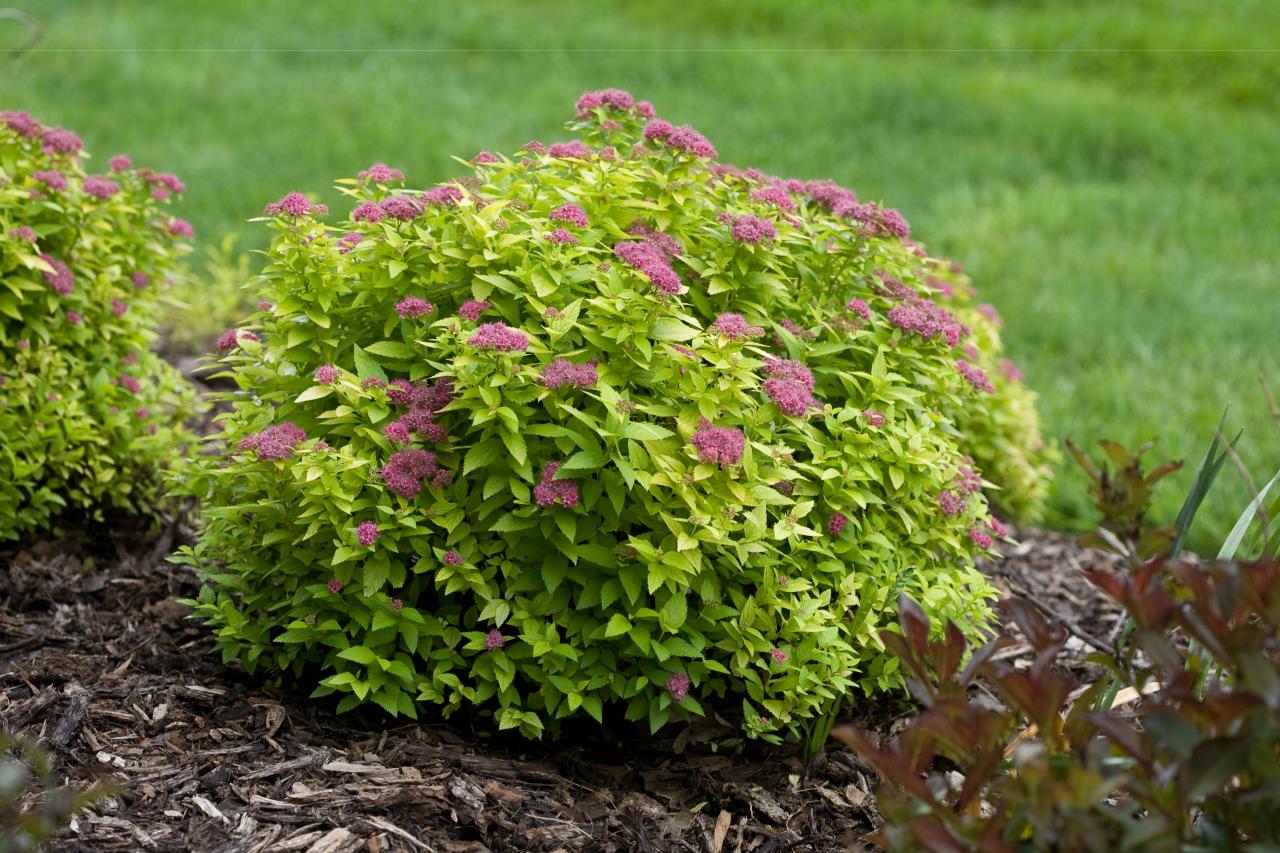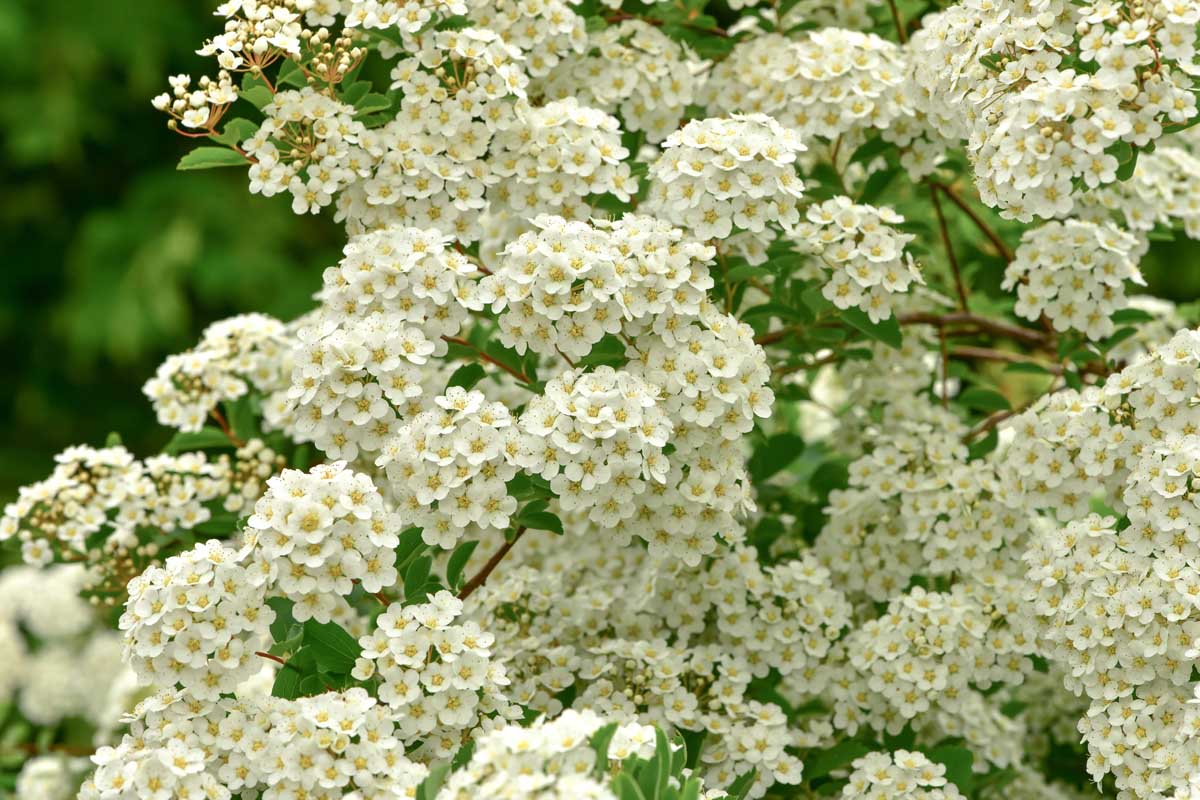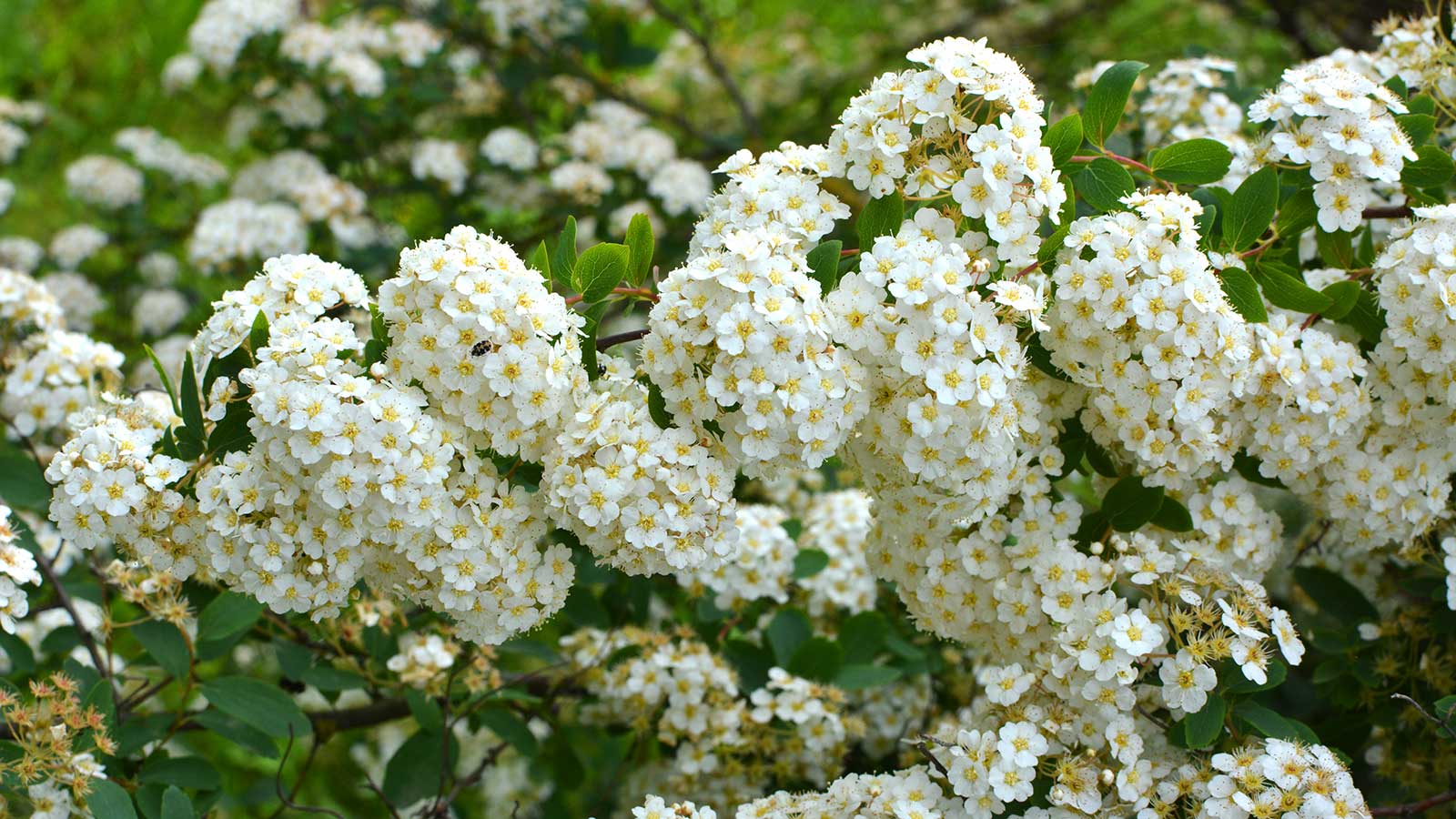Why Timely Trimming Matters for Your Spirea Shrub’s Health
Spirea shrubs require regular pruning to maintain their health and beauty. By trimming your spirea shrub at the right time, you can promote healthy growth, encourage blooming, and maintain its shape. In fact, knowing when to trim spirea shrub is crucial, as improper pruning can cause more harm than good. A well-pruned spirea shrub will not only look more attractive, but it will also be better equipped to thrive in its environment. Regular pruning helps to remove dead, diseased, or damaged branches, allowing the shrub to focus its energy on healthy growth. Additionally, pruning can help to control the size and shape of your spirea shrub, making it a valuable tool for maintaining a well-manicured landscape.
Identifying the Ideal Trimming Season for Your Spirea Shrub
Determining the best time to trim spirea shrubs is crucial for their health and appearance. The ideal trimming season varies depending on factors such as climate, region, and blooming patterns. In general, spirea shrubs that bloom in the spring, such as Bridal Wreath and Vanhouttei, should be trimmed immediately after they finish blooming. This allows the shrub to put its energy into producing new growth and flowers for the next season. On the other hand, spirea shrubs that bloom in the summer, such as Goldflame and Little Princess, should be trimmed in late winter or early spring, before new growth begins. Trimming at the right time helps to promote healthy growth, encourages blooming, and maintains the shape of the shrub. Knowing when to trim spirea shrub is essential to avoid damaging the shrub or reducing its blooming potential.
How to Trim Your Spirea Shrub for Maximum Results
To trim your spirea shrub effectively, it’s essential to have the right tools and techniques. Start by gathering a pair of sharp, clean pruning shears or loppers, depending on the size of the branches you need to trim. Next, inspect the shrub to identify any dead, diseased, or damaged branches, as well as any branches that are crossing or rubbing against each other. Remove these branches first, cutting them off at the base to prevent regrowth. When trimming live branches, cut them at a 45-degree angle, about one-quarter inch above a bud or lateral branch. This will help the shrub heal quickly and reduce the risk of disease. For shaping, use a combination of thinning cuts, which remove entire branches, and heading cuts, which reduce the length of a branch. By trimming your spirea shrub correctly, you can maintain its shape, promote healthy growth, and encourage blooming. Remember to trim your spirea shrub at the right time, as knowing when to trim spirea shrub is crucial for its health and appearance.
Common Mistakes to Avoid When Trimming Your Spirea Shrub
While trimming is essential for the health and appearance of spirea shrubs, it’s equally important to avoid common mistakes that can harm the shrub. One of the most common mistakes is over-pruning, which can stress the shrub and lead to disease or pest issues. On the other hand, under-pruning can result in a leggy, unkempt appearance. Improper cutting techniques, such as cutting too close to the trunk or leaving stubs, can also cause damage. Additionally, trimming at the wrong time, such as during active growth or when the shrub is stressed, can reduce blooming and promote weak growth. It’s essential to know when to trim spirea shrub and to follow proper pruning techniques to avoid these mistakes. Another mistake is not removing dead, diseased, or damaged branches, which can spread disease and pests to healthy parts of the shrub. By being aware of these common mistakes, you can ensure that your spirea shrub receives the care it needs to thrive.
The Role of Pruning in Shaping Your Spirea Shrub’s Appearance
Pruning is a crucial aspect of spirea shrub maintenance, not only for promoting healthy growth and encouraging blooming but also for controlling the shape and size of the shrub. By pruning strategically, you can create a visually appealing topiary or hedge that adds beauty and structure to your garden. To achieve the desired shape, it’s essential to understand the growth patterns of your spirea shrub and prune accordingly. For example, if you want to create a compact, rounded shape, prune the shrub in the late winter or early spring, removing any leggy branches and shaping the shrub to the desired form. If you’re looking to create a more formal hedge, prune the shrub regularly during the growing season, trimming the branches to maintain a uniform height and width. Remember to prune at the right time, as knowing when to trim spirea shrub is crucial for achieving the desired shape and promoting healthy growth. By pruning thoughtfully, you can create a stunning spirea shrub that adds beauty and elegance to your outdoor space.
Pruning for Pest and Disease Control: Protecting Your Spirea Shrub
Pruning is an essential tool in preventing pest and disease issues in spirea shrubs. By removing infested or infected branches, you can prevent the spread of disease and pests to healthy parts of the shrub. Regular pruning can also help to improve air circulation and reduce humidity, making it more difficult for diseases to take hold. Additionally, pruning can help to remove any weak or damaged branches that may be more susceptible to pest and disease issues. When pruning for pest and disease control, it’s essential to make clean cuts, using sharp and sanitized tools to prevent the spread of disease. Remove any branches that show signs of infestation or infection, and dispose of them properly to prevent the spread of disease. By pruning regularly and knowing when to trim spirea shrub, you can help to protect your shrub from pest and disease issues, ensuring it remains healthy and thriving. Regular pruning can also help to reduce the need for pesticides and fungicides, making it a more environmentally friendly approach to pest and disease control.
Spirea Shrub Varieties: Trimming Needs and Considerations
Different spirea shrub varieties have unique pruning needs and considerations. For example, Bridal Wreath spirea shrubs require regular pruning to maintain their shape and promote blooming. They should be pruned in late winter or early spring, removing any dead or damaged branches and shaping the shrub to encourage a rounded form. Goldflame spirea shrubs, on the other hand, require more frequent pruning to maintain their vibrant yellow foliage. They should be pruned regularly throughout the growing season, removing any leggy branches and shaping the shrub to maintain a compact form. Little Princess spirea shrubs are more compact and require less pruning, but still benefit from regular trimming to maintain their shape and promote blooming. Regardless of the variety, knowing when to trim spirea shrub is crucial for promoting healthy growth and encouraging blooming. By understanding the specific pruning needs of your spirea shrub variety, you can provide the necessary care to ensure optimal health and beauty.
Maintenance Tips for a Thriving Spirea Shrub
In addition to regular pruning, there are several other maintenance tips that can help ensure your spirea shrub remains healthy and thriving. Watering is essential, especially during hot and dry weather. Aim to provide about 1 inch of water per week, either through rainfall or irrigation. Fertilizing can also be beneficial, especially during the growing season. Use a balanced fertilizer that is rich in nutrients, and follow the instructions on the label for proper application. Mulching around the base of the shrub can also help retain moisture, suppress weeds, and regulate soil temperature. When to trim spirea shrub is also crucial, as it can affect the overall health and appearance of the shrub. By combining regular pruning with these additional maintenance tips, you can create a thriving and beautiful spirea shrub that will provide years of enjoyment. Additionally, consider adding a layer of organic compost around the base of the shrub to provide extra nutrients and improve soil structure. With proper care and attention, your spirea shrub can become a stunning focal point in your garden or landscape.


/GettyImages-12470075701-67460c40813d46debe7186f258b162c8.jpg)






